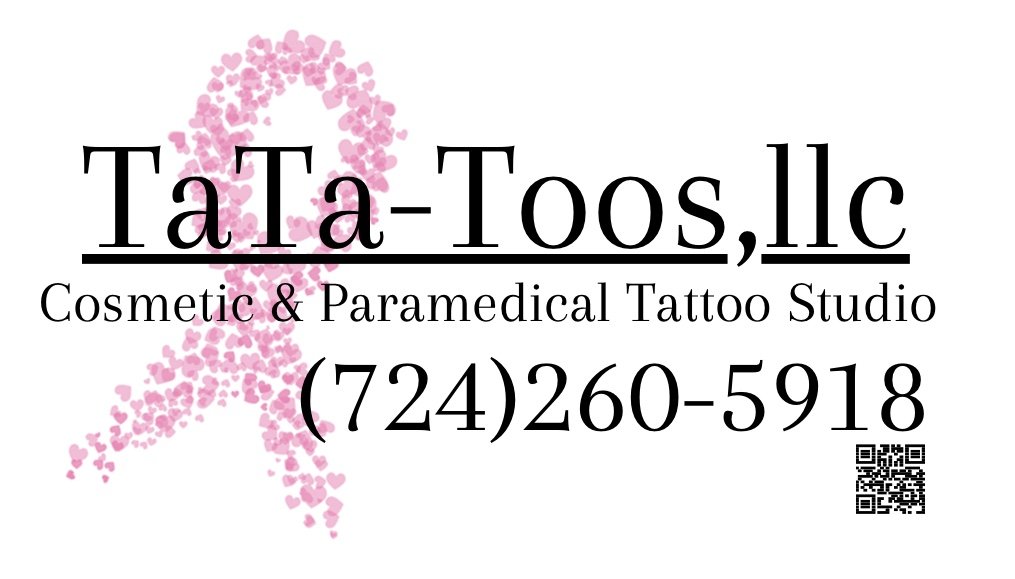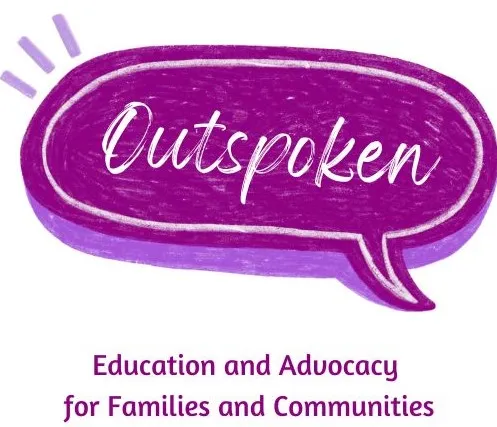
Building support through a community of individuals dealing with cancer or conditions causing an altered self-image. We aim to promote healing through outreach, advocacy, interaction, activity, resources, and education.
It is because of people like YOU
we are able to support patients and their caregivers.
It is because of people like YOU, we are able to support patients and their caregivers.

Get Educated
Services & Programming
Media, News & Updates
Events
Ways to help
GET EDUCATED
SERVICES & PROGRAMMING
MEDIA, NEWS & UPDATES
EVENTS
WAYS TO HELP

Blog
Support us by donating
TODAY!

It’s because of gifts from people like you that we’re able to support our patients and their caregivers.
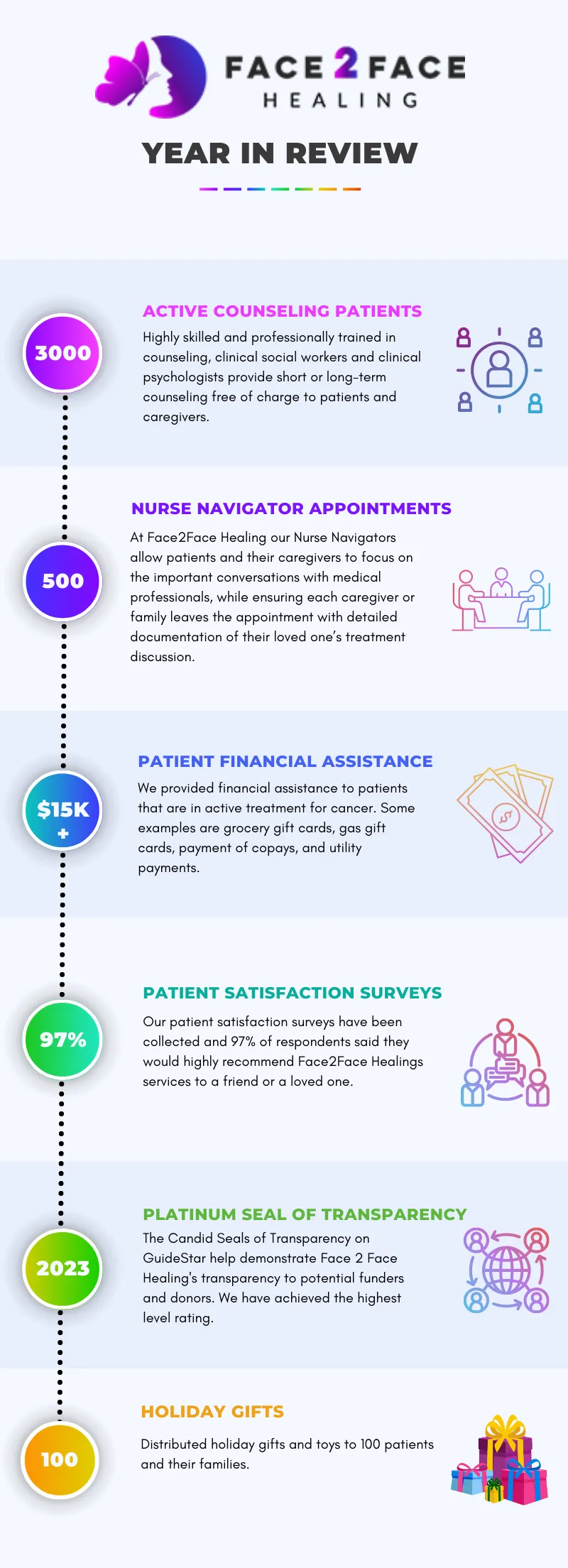
Contact Us
![]() Face2Face Healing
Face2Face Healing
3000 Village Run Rd, Suite #103-206
Wexford, PA 15090
![]()
Call Us: 724-935-3580
![]() Face2Face Healing
Face2Face Healing
3000 Village Run Rd, Suite #103-206
Wexford, PA 15090
![]()
Call Us: 724-935-3580







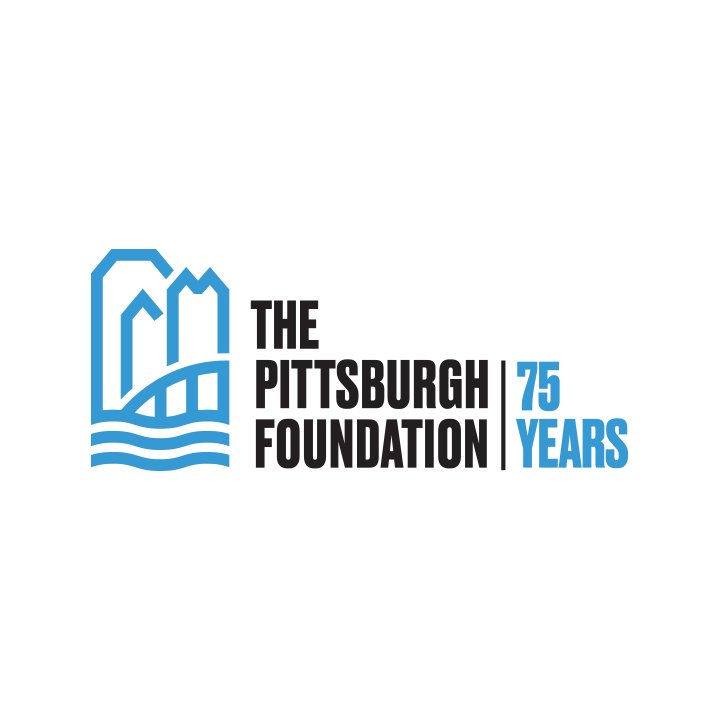


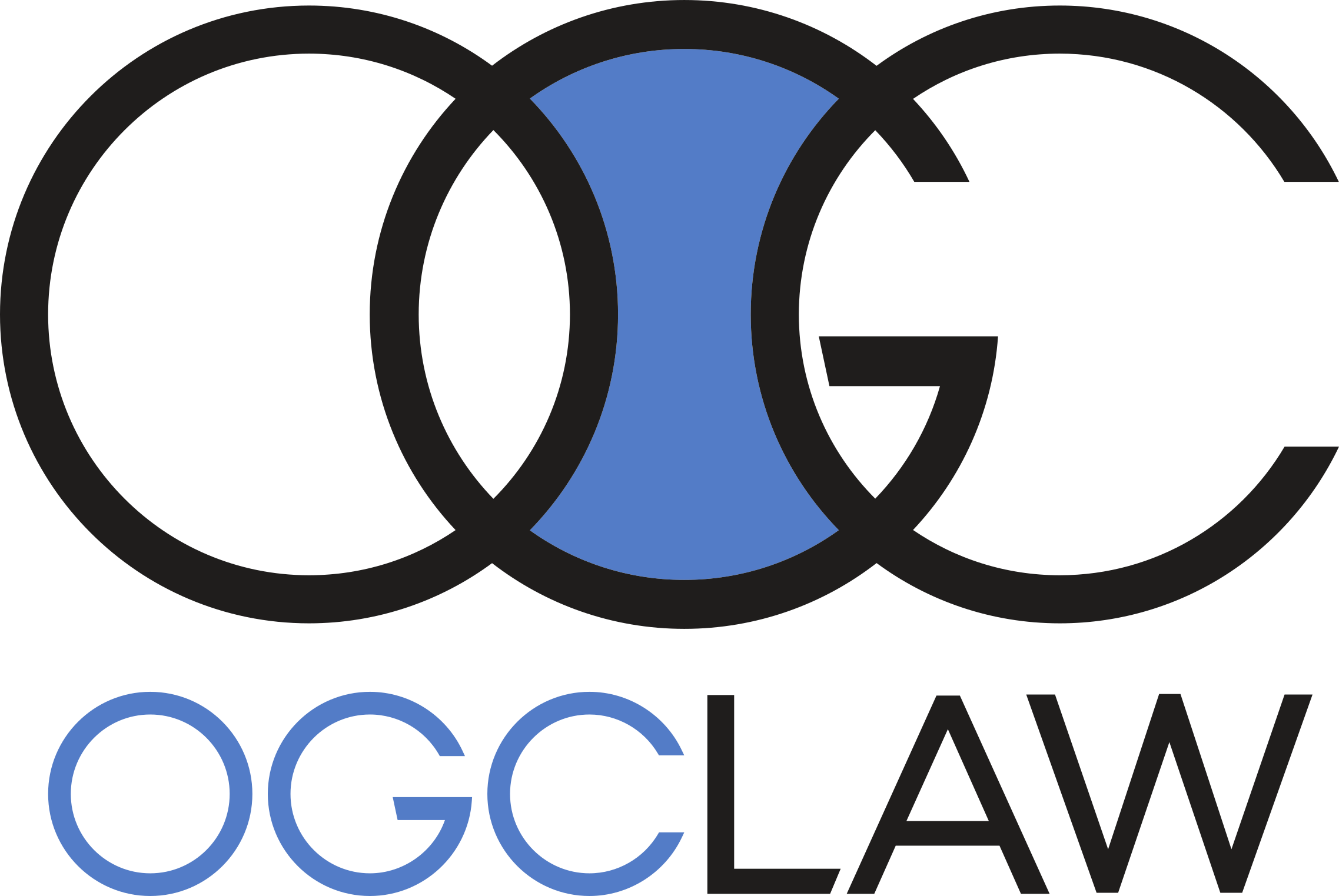




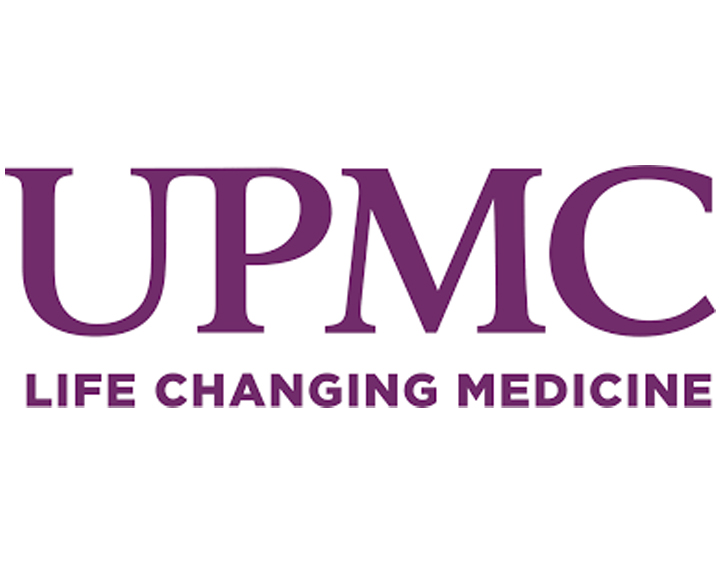





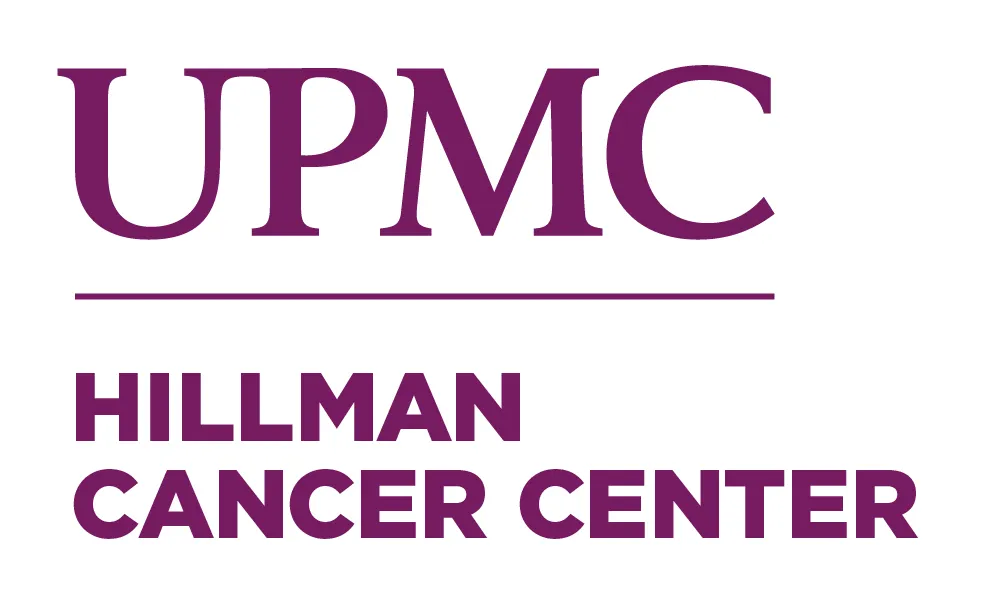

![ANAONO_NAME_FULL_NAVY_CMYK[86]](wp-content/uploads/2023/08/ANAONO_NAME_FULL_NAVY_CMYK86.jpg)













